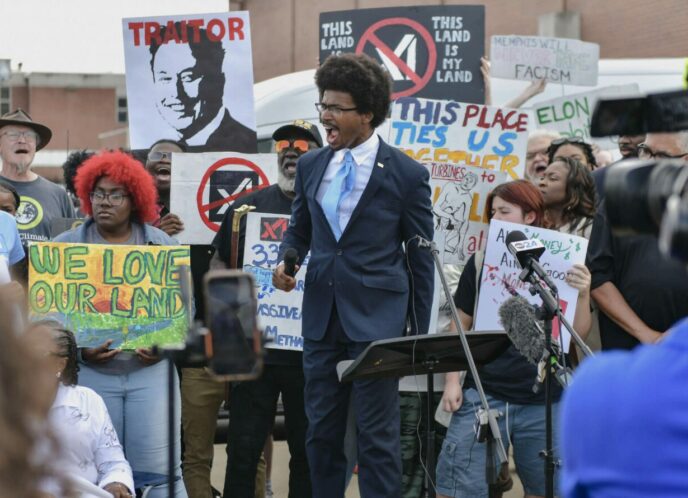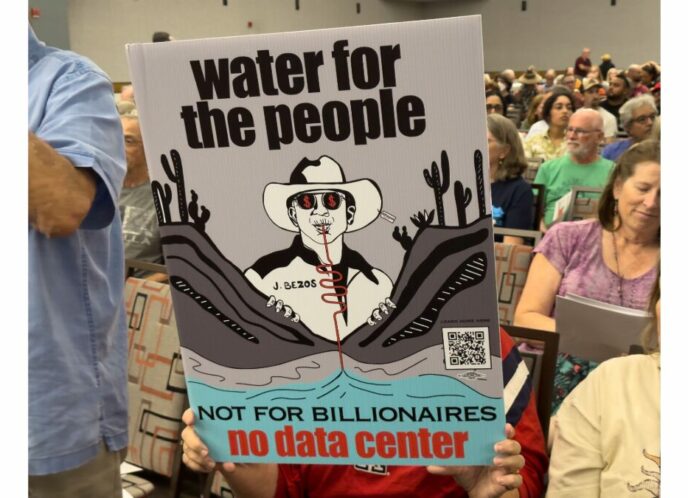There are a lot of ways to define crisis. Natural disasters and the political and economic forces that often compound those natural disasters for poor people and people of color are crises. Laws that strip immigrants and people of color of their right to freedom of movement, women and transgender people of their right to determine their own gender, sexuality, and reproduction, and that allow big banks and corporations to put people out of work and on the street—these are some of the kinds of crises grassroots organizations are battling on a daily basis.
Grassroots organizations are also subjected to communications crises that can seriously damage social movements and even be fatal to the life of an institution. One high profile example was the attack staged by the late rightwing activist Andrew Breitbart on ACORN in 2009, which led to a series of fiascos and an investigation into the organization, including bogus allegations by members of congress that ACORN engaged in fraud, criminal conspiracy and money laundering. These crises and the hyper-sensational media coverage ultimately led to the dismantling of ACORN.
institution. One high profile example was the attack staged by the late rightwing activist Andrew Breitbart on ACORN in 2009, which led to a series of fiascos and an investigation into the organization, including bogus allegations by members of congress that ACORN engaged in fraud, criminal conspiracy and money laundering. These crises and the hyper-sensational media coverage ultimately led to the dismantling of ACORN.
Having a solid crisis communication plan is one way to assert some control over message and the flow of information in a media crisis and is primarily about being prepared and responsive. One of the primary functions of a crisis communications plan or protocol is to identify a spokesperson who is experienced and comfortable working the media, and is skilled at reiterating key points and messages without appearing defensive or secretive.
Being open and accountable while leading audiences to the real social issues your organization and community is working for is helpful—and being up front is invaluable. “Tell it all and tell it fast” is one mantra (from Communications for Management)—kind of like when you make a boo-boo with your partner (if the crisis indeed originates from some oversight on your part). It’s savvier to tell the story straight from the horse’s mouth with honesty and accountability while you can control it, rather than from the mouth of your opponents and the spin they will undoubtedly put on it.
 Remember: acting quickly isn’t the same as acting rashly. Prepare yourself and don’t give any information you’re not certain is true. (Check out some spokesperson tips here)
Remember: acting quickly isn’t the same as acting rashly. Prepare yourself and don’t give any information you’re not certain is true. (Check out some spokesperson tips here)
Here is a sample crisis communications the Center for Media justice worked out with one our of our clients—feel free to use this according to your organization’s leadership structure and tailor it to be as relevant as possible to any potential communications crises you may encounter:
- The executive director and board chair will consult with members of staff and other board members to identify or agree on key messages with which to respond to both internal and external stakeholders/audiences. You may want to consult with your attorney too. Messages should be reviewed for tone.
- A briefing sheet will be shared internally (you can decide if this means just board and staff or also leaders in your membership) explaining the basic facts of what is going on and providing clear, simple instructions on how to handle media or external (allies, funders) questions regarding the situation.
- If the crisis reaches a scale at which your membership will become concerned, communicate with your membership through a brief e-blast or letter from the executive director or other appropriate individual.
- Staff and board should be informed of any public or press statement that goes out so they are aware of the organization’s position/messages and that they may be contacted, in which event they should follow the process below.
- All media inquiries will be referred to a single organizational spokesperson, i.e. the staff organizer, board chair, or executive director. No other staff or board members are to speak with the media unless specifically discussed and designated. The media contact, booker, or designated spokesperson should be available to the media at all times.



